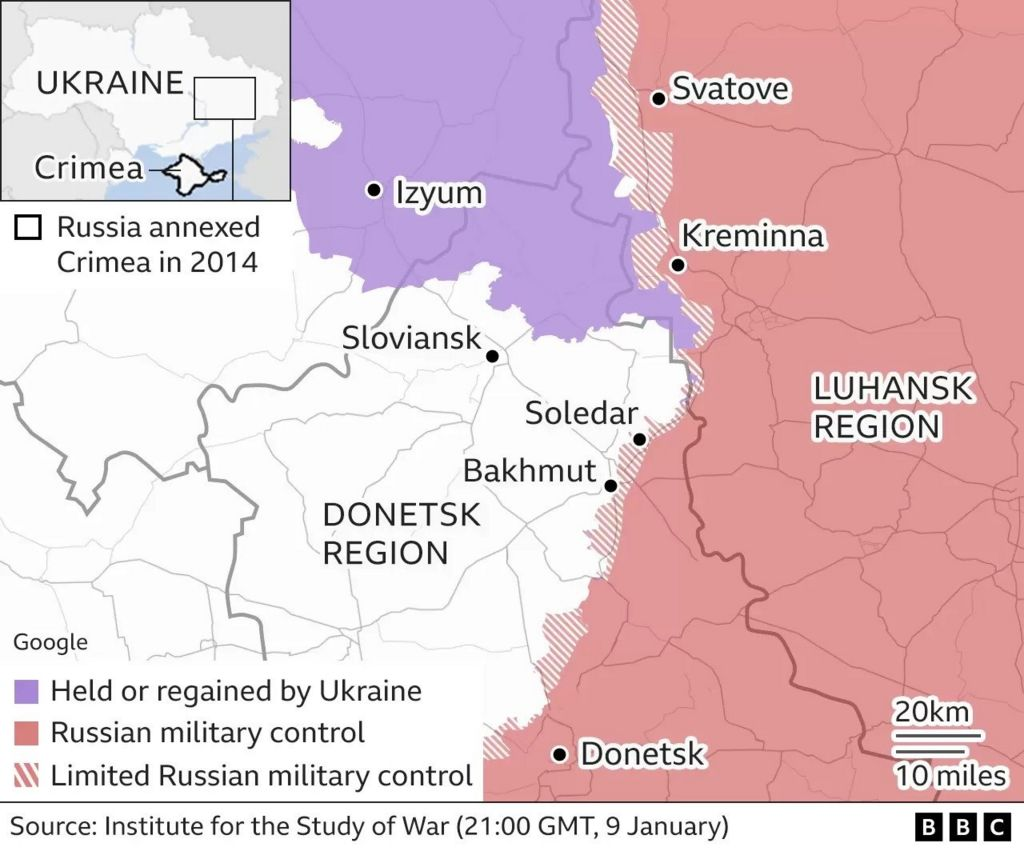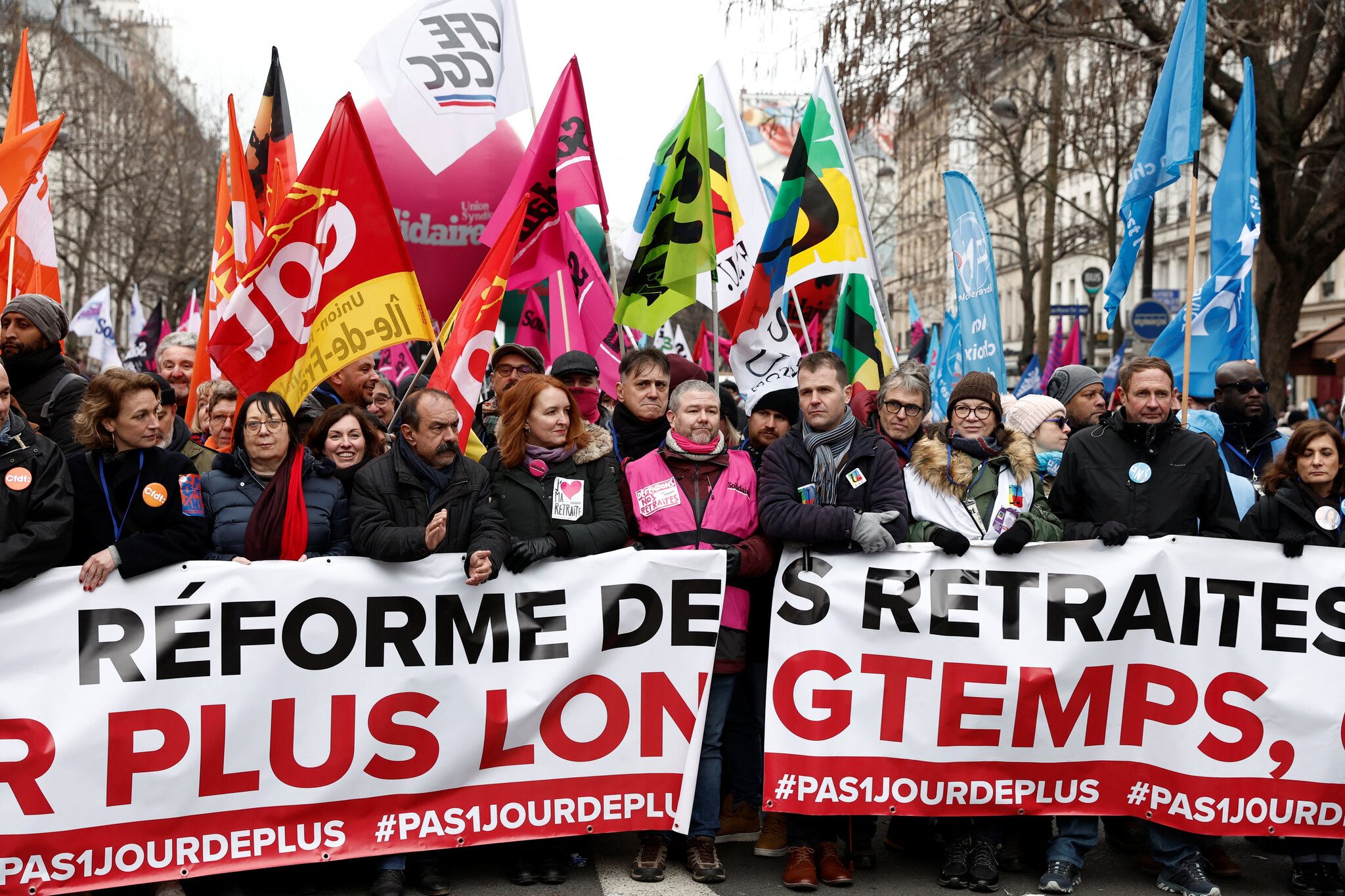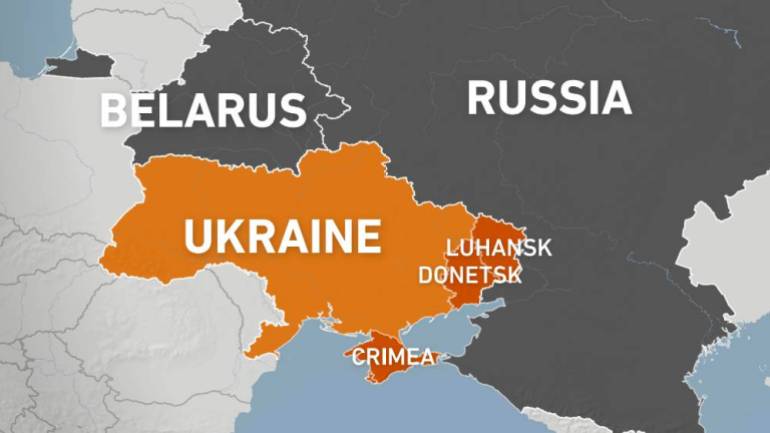Russia is running out of cash due oil sanctions

When the G7 first announced their price cap on Russian oil back in early December, most analysts were skeptical. Historically, sanctioning oil has proved a pretty futile endeavor for the simple reason that while the world really likes oil, so even with sanctions, you can usually find a buyer. However, in the month or so since it came into force, Russia's oil revenues have collapsed and it looks like the oil price cap is working remarkably well. In this article, we're going to have a look at how and why the oil price cap has worked. What this means for Russia's economy and its ability to finance the war and how the Kremlin might respond.
So let's start with a quick recap of what the oil price cap actually does. On December the second, the G7 and the EU announced two measures to try and limit Russia's oil revenues. First, the G7 and the EU announced that they would no longer import any Russian oil. And second, they announced that any other third country buying Russian oil couldn't buy it for more than $60 per barrel. At this point, you're probably asking how the G7 and EU can enforce a cap on trade between Russia and a third country like, say, China, given that neither country is in either grouping. Essentially, the idea here is that the EU G7 countries will be banned from either shipping oil or and this is the really important bit, providing insurance to other ships unless they abide by the cap. This essentially means that European ships, which usually account for a majority of Russia's oil shipping, aren't allowed to continue shipping unless they abide by the cap. And even if non European ships sail in to replace them, they're not allowed to get insurance from American or European companies. Given that Western companies account for something like 95% of all shipping insurance this basically means that any third country had to abide by the cap, even if they didn't want to.

Now, as I mentioned in the intro, originally, most analysts were skeptical. Sanctioning oil doesn't usually work. And on top of that, the price cap was only a little bit below what Russia was already selling its oil for. So even if it worked, it wasn't going to make a big dent in the Kremlin's revenues. On the day before the price cap was announced, future contracts for Russian crude oil were trading at about $69 per barrel in anticipation of the price cap. Putin said that Russia would simply not sell to any countries that supported the price cap, even if that meant cutting production. And there were reports that Russia had sorted a fleet of 100 so called shadow tankers to replace any cap induced shortfall.

Unfortunately for the Kremlin, this didn't really work and the price immediately fell below the $60 threshold, reaching a low of $54. On top of that data compiled by Capela showed that in the first week of the cap, the volume of oil exported by Russia fell by nearly 25% from 22 million barrels to 17 million barrels. All in all, this means that in the first week Russia's oil revenues fell by at least a third. Since then, prices have only continued to fall, according to data from Argus Media. Urals is now trading at less than $40 per barrel, down 40% from its pre cap highs. This is particularly bad news for Russia because on average it costs Russian oil companies something like $40 to extract a barrels worth of oil, which means they're probably making a loss. Now, this isn't entirely due to the cap and the new embargo. Oil prices across the world have declined as traders buckle up for the coming global recession.

Brent crude, for example, the benchmark for American oil is at about $80 per barrel, down 50% from its June highs of over $120. Nonetheless, Russian oil has seen a steeper decline than other benchmarks since the cap and EU imports embargoes came in, which suggests they've made a difference. While there's some disagreement over exactly how much the spread between Brent crude and Urals, i.e. the global discount on Russian oil, has definitely increased before the cap. Urals was trading at about $24 per barrel cheaper than Brent. Since the cap and embargo came into force, that discount is increased to somewhere between 30 and $40. Anyway, whatever the precise figure is, the big thing here is that the cap and the embargo do seem to have made a really significant dent in Russia's oil revenues, which very few people expected. On top of that, the Kremlin have U-Turned on their hardline stance against the price cap, with the Financial Times reporting in late December that Russia was selling millions of barrels to India under the price cap scheme, presumably because they're desperate for revenues and have been unable to sort out alternative insurance or shipping.
Now, at this point you might be asking how the price of Russian oil has fallen so far. After all, the price cap should only push Russia's oil price down to $60, but no lower because Western Insurance and tankers are allowed to ship Russian oil if it's cheaper than that. Well, for starters, there's also the EU embargo. The EU was previously Russia's largest export markets for hydrocarbons, and losing your main export market means lower demand, which means lower prices. However, the cap has also. A part. Because even if Western insurance companies and tankers are technically allowed to trade Russian oil under $60, they just don't really want to. It's politically tricky, and it involves a whole load of burdensome paperwork. In fact, when the price cap was first introduced, it created a traffic jam in the Turkish straits because Turkish authorities had to check every tanker certification before allowing them to get out of the Black Sea. You get the idea, even if it's legal trading Russian oil under the new price cap is annoying and this is making it harder for Russia to export it, thereby bringing prices down.

Now, it's important not to overstate the impact of all this Russian oil produced in East Siberia and sold across the Pacific Ocean, known as ESPO in the industry, is still trading at a bit above $60. And while Russia's hydrocarbon revenues are down relative to 2022, they're still above historic averages. Nonetheless, the cap has clearly done some damage to Russia's oil revenue, and the Kremlin are apparently unable to find a way around it, which is far more than most analysts expected when it was introduced, along with the recent fall in European and international gas prices. This is bad news for the Kremlin and the Russian economy, which both rely heavily on hydrocarbon revenues.
sources:
https://www.ft.com/content/41237fe7-210d-406c-a22a-2e17a79f7381
https://tradingeconomics.com/commodity/urals-oil
https://www.neste.com/investors/market-data/urals-brent-price-difference#fc54c19a
https://www.ft.com/content/d08d8583-cf2a-43e6-b262-d8eab81c98c8









Comments